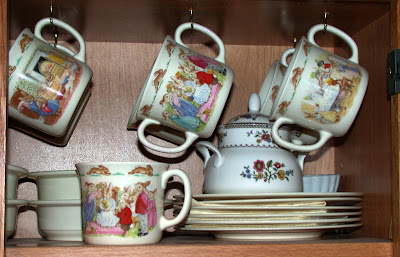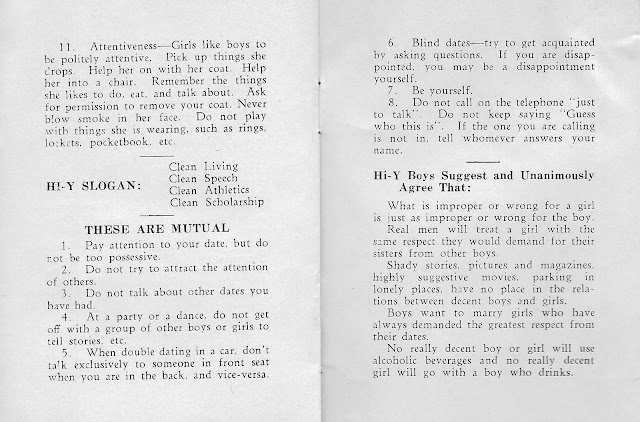Our Class of 1963 parents were from a mix of adults having substantially different backgrounds. Some of them served in the WWII military services and some didn’t. I am of the opinion that the parenting each of us got varied significantly from one another depending on the group from which they came. Generally, our parents were born between 1910 and 1925. Essentially all of them grew up during the Depression and ranged in age from 38 to 53 when we graduated in 1963; mine, at 40, were among the youngest of them.
Those of our parents born roughly between 1917 and 1925 almost certainly volunteered or were called into the military service during WWII. When this group left the service they took with them an important additional experience, our older parents (b. 1910-1916) did not have; that being, they were conditioned to the regimentation imposed on them by the military services. And although, according to general averages, not more than 15% actually saw combat duty, nearly all of them could have.
The remainder of our parents most likely stayed at home, tending to critical jobs in support of the war effort. They worked in the war production plants at Consolidated (later Convair) and Chance-Vaught (later LTV), worked for the railroads moving people and material, and any number of other jobs supporting the war effort. As they matured into adulthood in the early 1940s, that older portion of our parents contended with war rationing at home and while not under control of the military, their ability to live an unfettered life was subject to limitations beyond simple economics.
For a few years after WWII, our parents, then age 20-35, had
to contend with one another, and with themselves as they sought ways to get
engaged or re-engaged with life in peacetime.
The William Wyler film, The Best Years of Our Lives, a
1946 American film classic is without doubt the very best film ever made that
depicts this period and conveys some of the challenges our parents faced when
we were toddlers just after the war.
With little doubt, our own social order evolved from our parents’ notions of class and community standing as they began to establish their own lives as young adults. Also without much doubt, we weren’t paying much attention to what they were doing as we matured through our early 1950s years, until perhaps the 6th grade, or thereabouts….and the onset of puberty!
Adios






.jpg)

.jpg)


